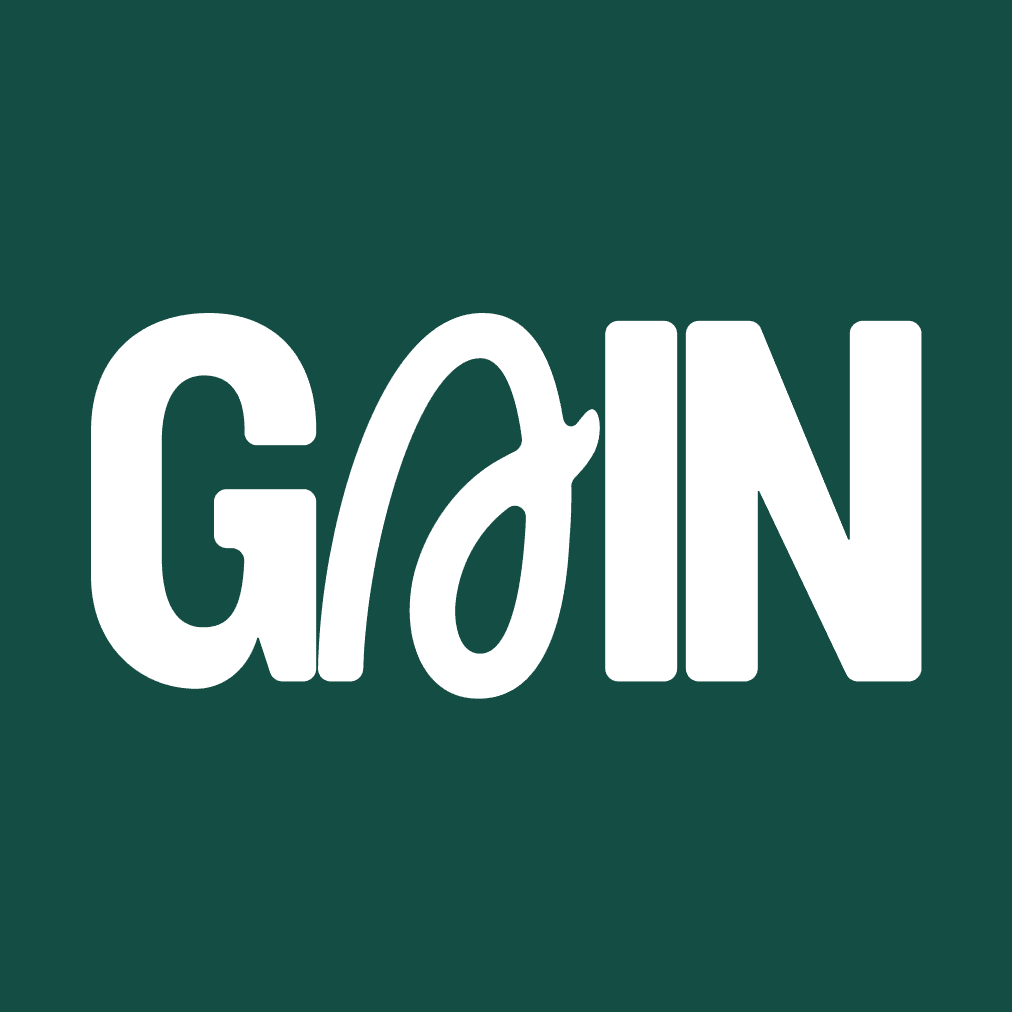Neil
What We’ve Built So Far
KernelDAO has established itself as a pioneer in on-chain rewards and capital efficiency, trusted by hundreds of thousands, powering billions in liquidity.
Products:
Kelp: One of the first and largest liquid restaking protocols, securing $2B+ TVL, with integrations across 150+ defi protocols, including Aave, Compound, Morpho, and more.
Gain: High-performing strategy vaults with $250M+ TVL and liquid tokens (hgETH, agETH) driving deep secondary markets.
Kernel: Core restaking infrastructure on BNB, extending rewards-based strategies across chains.
Adoption:
2.4B+ TVL across products
350k+ users and 250k+ community members across Discord, Telegram, and X.
Now, We Enter the RWA Frontier
We are embarking on our most ambitious chapter yet, where Real World Assets converge with crypto’s most underexplored but soon-to-be explosive frontier: short-term credit.

Why RWA?
RWAs are undergoing explosive growth, with a 5x surge over the last 3 years, driven by strong Product-Market Fit across institutional and retail markets.
RWA market projected to hit $30T by 2034 < source 1, source 2>
This is one of the most critical and transformative opportunities in crypto, potentially reshaping entire markets like capital markets and payments

Meanwhile, stablecoins, the most adopted product in crypto, now see:
$280B+ in circulation (RWA.xyz)
Transactions surpassing Visa and Mastercard in on-chain volume <add source, source>
Becoming the de facto "money for the internet"
Now, stablecoins are driving innovation in one of the biggest financial frontiers: payments.

Global payments, a $220T+ annual market, remain stuck in inefficiencies:
Slow - Remittances can take up to 5 days, with dependency on banking hours (180+ red banking days globally when money does not move)
Inefficient - $4–5T locked in pre-funding for cross-border payments & trade finance
Costly - Remittances cost 2–6%, take up to 5 days, and depend on banking hours

This is the moment where stablecoin infrastructure meets real-world short-term credit demand, and KernelDAO is building at this intersection.

Introducing Kred: The Internet of Credit for the Real World
Just like the internet made information and commerce instant and global, Kred makes capital programmable, borderless, and real-time.
The “Internet of X” Analogy:
Internet of Information → Knowledge became instantly accessible
Internet of Communication → Messages became instantly deliverable
Internet of Commerce → Goods became instantly available
Internet of Money (Web3) → Value became instantly transferable
Internet of Credit (Kred) → Capital becomes instantly usable
Credit, the fuel for trade, payroll, inventory, and settlements, still lags behind. Kred fixes that.
Kred is KernelDAO’s entry into real-world assets, a scalable capital layer that connects idle stablecoins to institutional financial activity.
It builds on Kelp (restaking), Gain (strategy vaults), and Kernel (security on BNB) to expand into real-world credit, and $KERNEL, the native token, stands to accrue value from all the products in the ecosystem.
At the Core: KUSD
KUSD is Kred’s first product, a rewards-bearing stablecoin backed by institutional usage.
Real-world use cases:
Remittances
Brokerage & fintech settlements
Payroll
Card pre-funding
Trade finance
Unique features:
Fully collateralized by real-world, short-term receivables
Always earning rewards → no opportunity cost
Built for:
Fintechs & Institutions → Access to instant, short-tenor credit
DeFi Builders → Composable, rewards-bearing stablecoin for lending, trading, and other DeFi/CeFi
How KUSD works?
At its core is KUSD, the first stablecoin that earns from real-world repayment.
Liquidity Providers (KYB’d) deposit stablecoins and mint KUSD. Make markets on AMMs.
Stable coins deposited by minters will be deployed to pre-approved borrowers to support real-world transfers.
Borrowers repay with principal + interest.
LPs earn rewards from real usage of stables.
All other users interact with KUSD across DEXs, DeFi protocols.

The more KUSD is used, the more it earns.
The more it earns, the more capital flows in.
That capital helps more businesses pay, grow, and trade.
As borrowers repay, trust builds. And the network scales.
This is the Internet of Credit. This is Kred.
What's next?
We see a world where:
✅ Payments are instant and cheap
✅ Stablecoins don't just settle value, they earn while they move
✅ DeFi integrates natively with real-world flows
✅ Kred becomes the scalable credit layer for fintechs, merchants, and several real-world use cases
Over the next few weeks, we’ll be sharing key milestones that bring Kred and KUSD to life. This includes the release of our Litepaper, the announcement of early launch partners, and the unveiling of our product roadmap. We’ll begin with a pilot and gradually expand into broader adoption.
Credit is broken. We're making it real-time.
Kred is KernelDAO’s next chapter, connecting stablecoins to real-world credit. At its heart is KUSD, a stablecoin that earns from actual usage - trade, payroll, remittances, and more. Credit has been slow, expensive, and hard to access. Kred changes that.
We’ve scaled restaking. We’ve transformed reward strategies.
Now, we’re building the Internet of Credit. And this time, everyone’s invited.
Whether you’re building in credit, payments, or DeFi infrastructure, KernelDAO has something for you.
Sign up for more interesting blogs & updates




